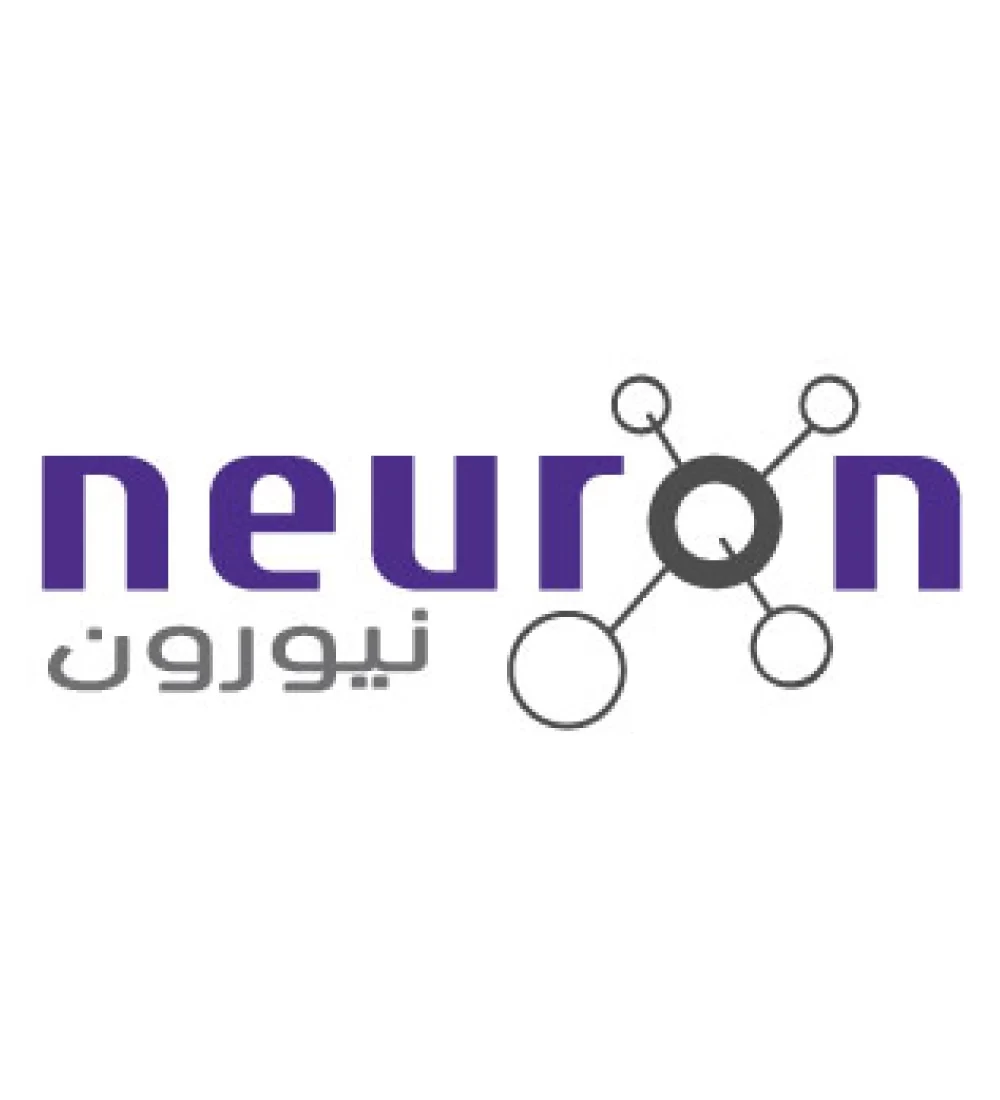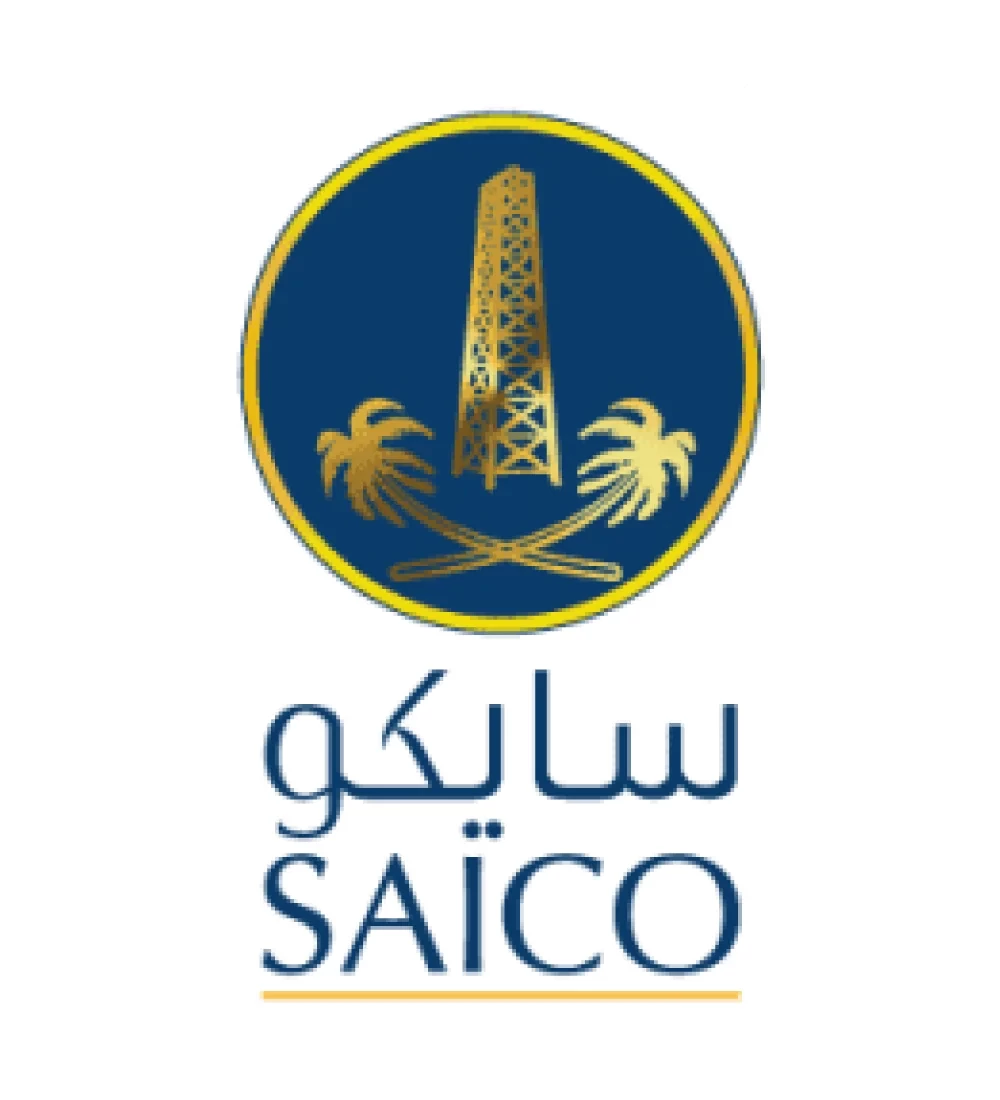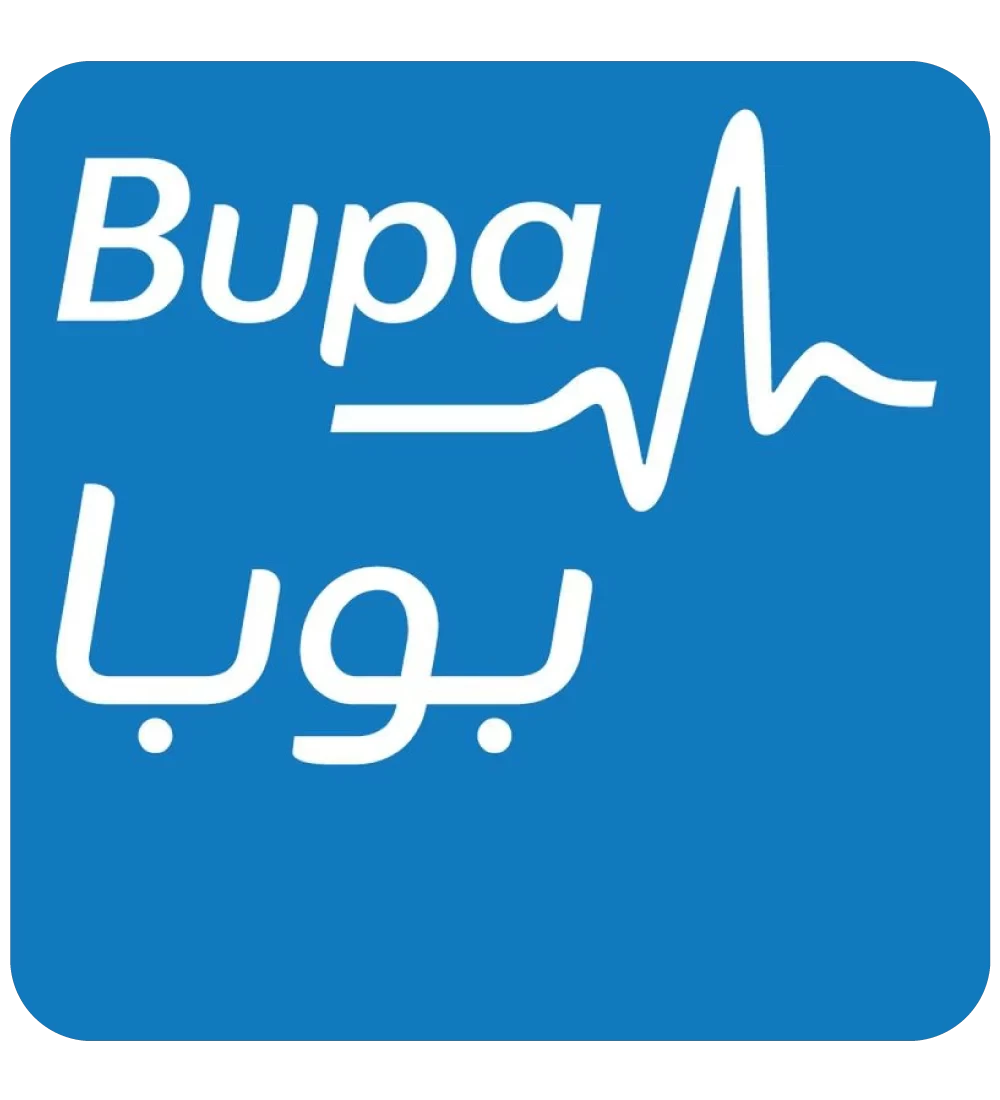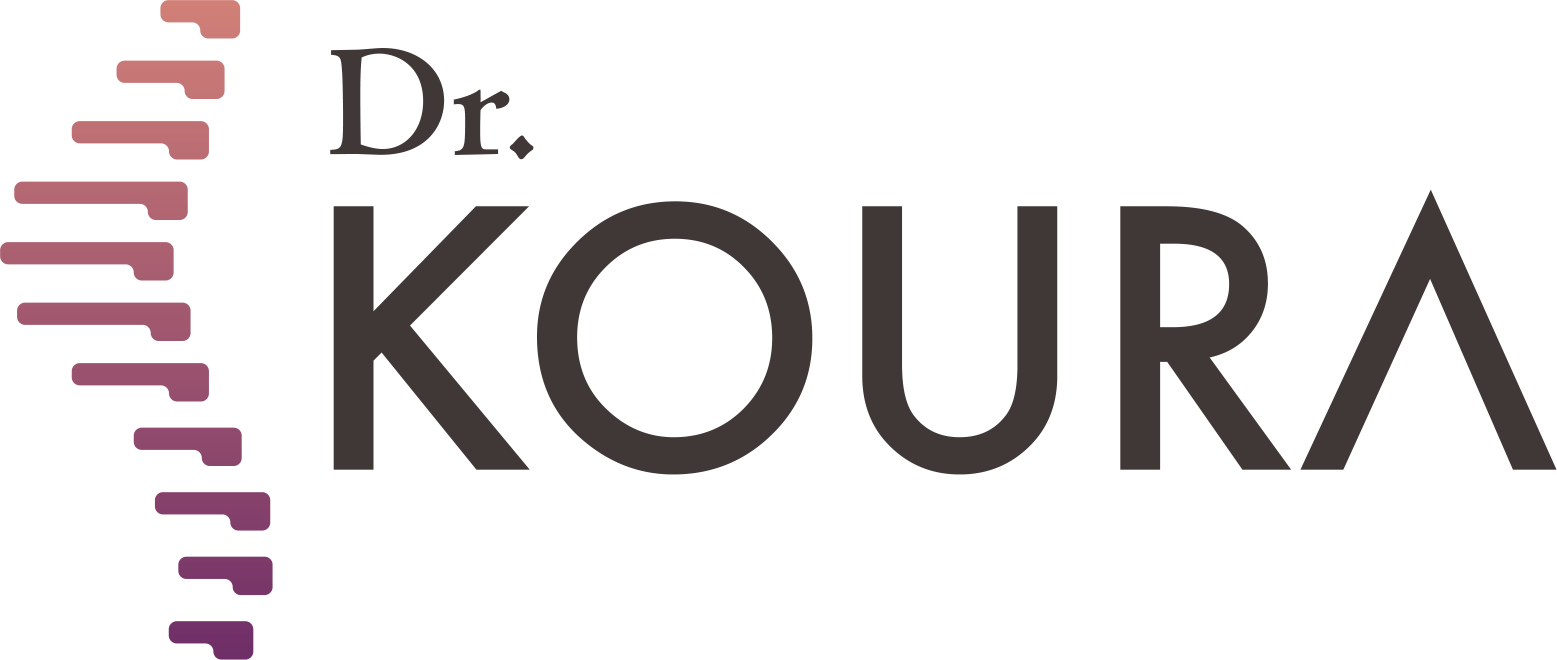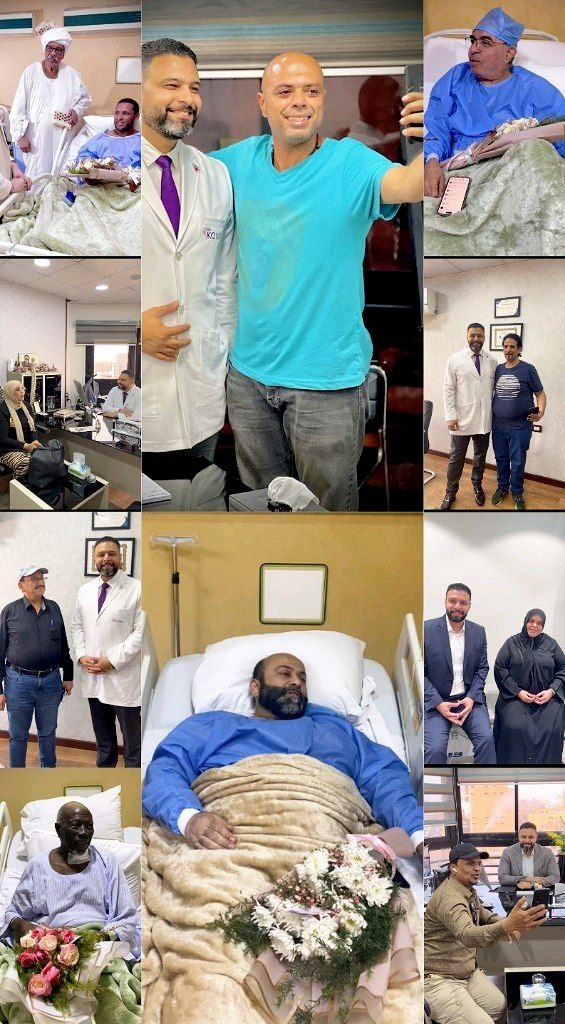
To see patients' reviews
Click herelumbar disc herniation.
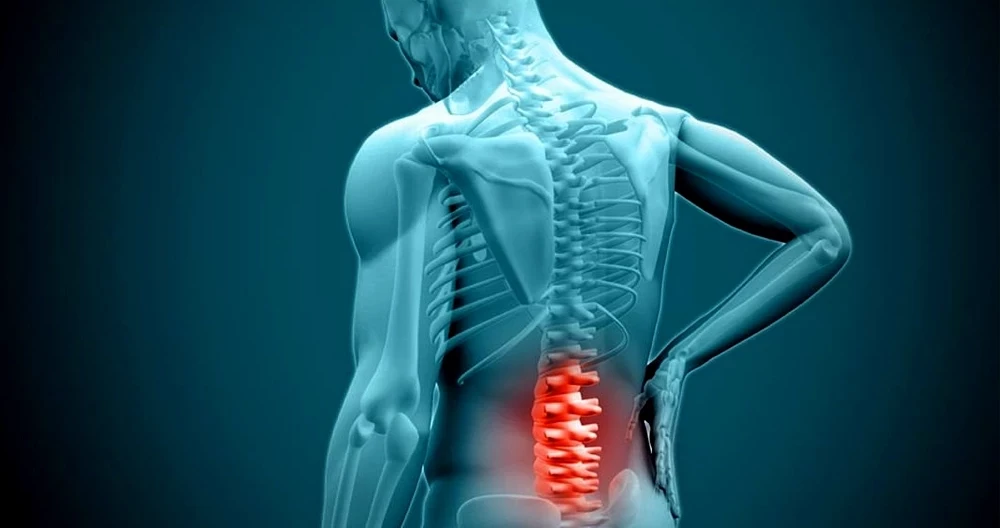

What is Lumbar Disc Herniation?
Lumbar disc herniation is considered one of the most common conditions, caused by an injury to the lower spine. It occurs when the intervertebral disc, located between the lower lumbar vertebrae, moves out of its natural position. This leads to increased pressure on the surrounding nerves and causes the disc nucleus to shift, resulting in pain in that area. Lumbar disc herniation causes sharp pain in the lower back, and this pain may extend to the lower limbs, hindering the patient's natural movement.
Some patients suffering from this condition seek effective solutions to relieve this severe pain. Patients should choose a doctor skilled in treating this type of disc herniation. Dr. Mohamed Kora is one of the leading specialists in treating lower back pain and interventional pain treatment in Egypt and the Middle East. He has managed to offer advanced medical solutions to treat major spinal problems without the need for surgery.
What Are the Lumbar Vertebrae and What Causes Lumbar Disc Herniation?
The lumbar vertebrae are located in the lower part of the spine, and they consist mostly of five main vertebrae (L1 - L5). These vertebrae are larger compared to the other vertebrae in the spine, which gives them the ability to bear the weight of the body and provide essential support for movement.
The lumbar vertebrae support the upper body by protecting the spinal cord and the nerves connected to the lower limbs. They bear heavy weights and provide the body with flexibility to move freely when bending, rotating, or performing other movements.
Lumbar disc herniation occurs when the intervertebral discs are exposed to excessive pressure due to sudden movements, lifting heavy weights incorrectly, sitting for long periods, or genetic factors. As a person ages, their intervertebral discs gradually lose their flexibility, making them more prone to rupture and pressure on the nerves.
Common Causes of Pain in the Lumbar Vertebrae:
-
Lumbar Disc Herniation
This condition occurs when the intervertebral disc in the lower back slips out of its natural position, putting pressure on the nerves, causing sharp pain and numbness in the lower limbs. -
Lumbar Spinal Stenosis
This happens when the spinal canal narrows, putting pressure on the spinal cord and nerves, often causing pain while walking or standing for long periods. -
Arthritis
This inflammation occurs due to the wear and tear of the cartilage between the vertebrae, which may cause the bones to rub against each other, leading to pain and stiffness in the lower back. -
Fractures of the Lumbar Vertebrae
Fractures occur due to an accident or a strong fall, which may cause severe pain and may require prompt medical intervention.
How Can Lumbar Spine Problems Be Treated Without Surgery?
Dr. Mohamed Kora is one of the leading doctors who have revolutionized non-surgical treatments. He effectively contributes to relieving lumbar spine pain and improving patients' quality of life without the need for surgical procedures. These advanced treatments for lumbar disc herniation include:
-
Radiofrequency Treatment
This innovative technique targets the nerves responsible for pain by sending thermal waves, significantly reducing pain in the lumbar vertebrae area. -
Physical Therapy and Rehabilitation
A program of exercises designed to strengthen the muscles around the spine and improve flexibility, thereby reducing pressure on the vertebrae. -
Painkillers and Local Steroid Injections
Pain relievers like ibuprofen and naproxen help reduce inflammation and pain localized in the lumbar vertebrae area. Steroid injections are effective in reducing inflammation, swelling, and improving movement in these vertebrae. -
Laser Treatment for Lumbar Spine Issues
Laser therapy is one of the latest techniques used to reduce swelling and stimulate natural healing for lumbar disc herniation.
When Is Surgical Intervention Necessary for Lumbar Disc Herniation?
Surgical intervention is generally considered the last option when all non-surgical treatments have failed to achieve the desired results or effectively treat the condition. Surgical decisions are usually required in the following cases:
- Persistent pain for long periods without responding to conservative treatments.
- Loss of mobility or weakness in the lower limbs.
- Developing neurological complications such as loss of control over the bladder or bowels.
Tips to Maintain the Health of the Lumbar Vertebrae
Dr. Mohamed Kora advises following the recommended guidelines and exercises to maintain the health of the lumbar vertebrae and avoid related problems, including the following:
- Regular physical exercise, especially exercises that strengthen the back and abdominal muscles.
- Adhering to a diet rich in calcium and vitamin D, which are essential for maintaining healthy and strong bones.
- Avoid sitting or standing for long periods and make sure to change body posture regularly.
- Maintain a healthy weight and avoid obesity to reduce pressure on the spine.
- Use proper lifting techniques when carrying heavy objects, relying on the knees instead of bending the back.
Best Doctor for Treating Lumbar Spine Issues
Dr. Mohamed Kora is one of the leading doctors specializing in the treatment of lower back pain, including lumbar disc herniation. He is known for employing the best advanced techniques for spinal treatment, such as radiofrequency treatment, laser therapy, and platelet-rich plasma injections. If you're looking for the best doctor for interventional pain treatment, he offers superior medical care and innovative treatment options without the need for surgery.
Dr. Mohamed Koura is here to assist you using the latest therapeutic techniques, including thermal radiofrequency and laser treatments for spinal pain without surgery—book your appointment now from here
Why Choose Dr. Mohamed Koura ?
Simply because he is the best doctor in his feild. He stays updated on the latest treatment technologies through his participation in various international conferences with leading foreign doctors and experts. Finally, and most importantly, Dr. Mohamed Koura is the best doctor in Egypt and the Arab world, possessing 12 non-surgical techniques for treating spinal and joint problems. He was the first to introduce modern interventional treatment techniques in Egypt & the Middle East and is the only one using the disc fx technique to treat spinal pain.
To see patients' reviews
Click hereCertainly not, some cases must be treated surgically, and the most appropriate technique for the patient is determined through a medical examination and the presence of imaging studies.
No, it is necessary to make a reservation through a phone call or social media messages.
There are no risks or side effects associated with non-surgical pain interventions.
The patient needs only 3 to 4 days before they can travel comfortably, and the hospital stay does not exceed 6 to 8 hours.
A condition cannot be accurately assessed and a proper medical diagnosis made without a medical examination and recent imaging studies.
Yes, there are several payment methods available through Visa or electronic wallets by making a reservation on our website.
Certainly, obesity is one of the causes of knee osteoarthritis.
Radiofrequency activates the nerve and does not cause any damage to it.
Non-surgical interventions are a definitive treatment for some cases and pain relievers for other cases, which is determined by the doctor through a medical examination.
If the herniated disc is fully treated, there is a possibility of it reoccurring in some cases, such as not following the doctor's prescribed instructions after the intervention, experiencing an accident, or making a sudden wrong movement like lifting heavy objects.
The entire disc is not removed due to the presence of several risks and it may exacerbate the condition. Only the protruding part that causes pain is removed.
This cannot be done with radiofrequency, but it is performed through other techniques that Dr. Koura conducts.
The success or failure of non-surgical interventions cannot be judged through radiographic imaging because these procedures involve making subtle changes to critical parts to address the issue. Consequently, they do not produce significant changes to avoid potential complications in the future or damage to the spine and joints, which is our primary goal.
Spinal stenosis does not typically cause sciatica. In most cases, disc herniation is what may lead to sciatica. This does not necessarily mean that a patient with sciatica will also have spinal stenosis.
Sciatica may return if the patient does not adhere to the medical instructions provided by the doctor or in the event of an unexpected accident.
A life without pain without surgery
Once you book with Dr. Koura
Get rid of pain with just one call.. Book your appointment now with pain Management consultant Dr. Koura.
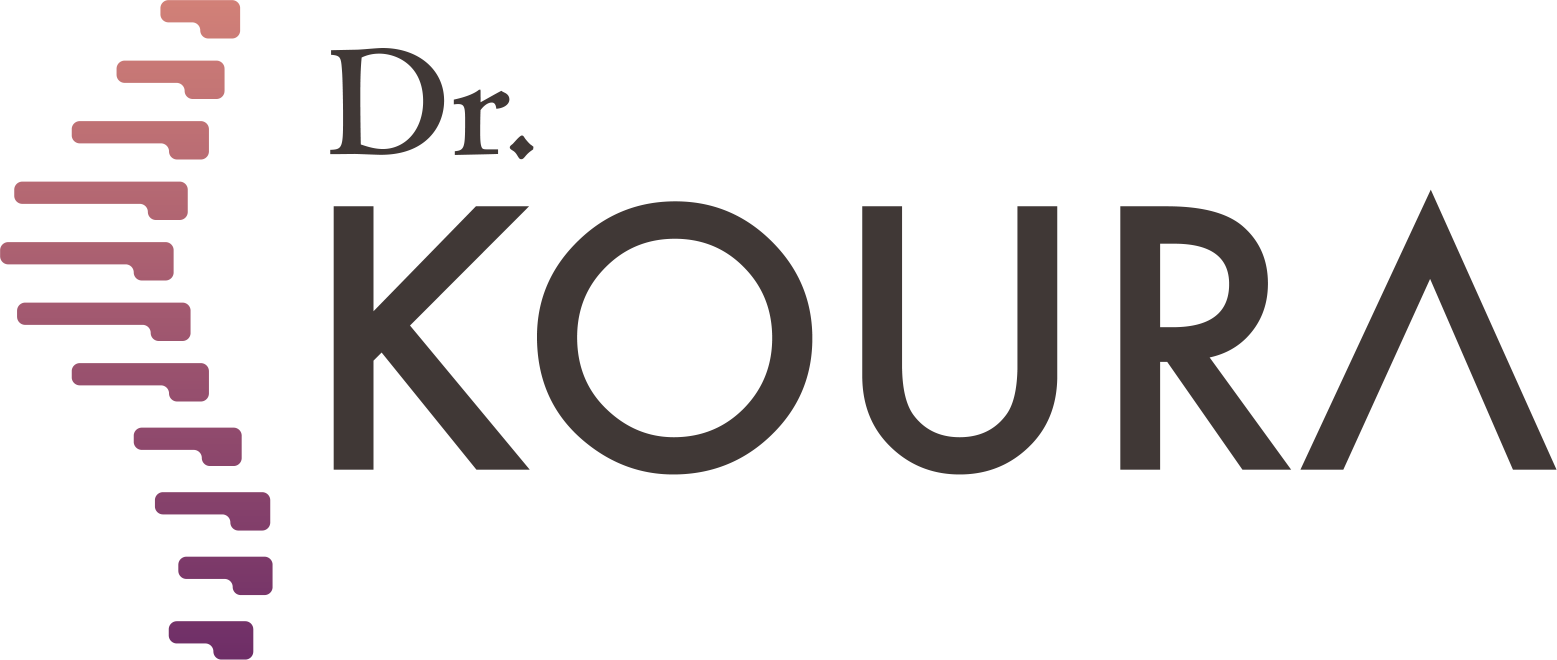





-webp.webp)




-webp.webp)







